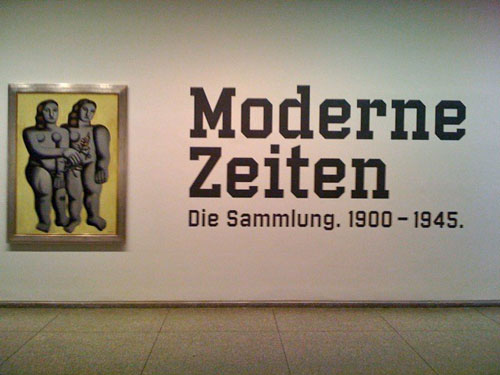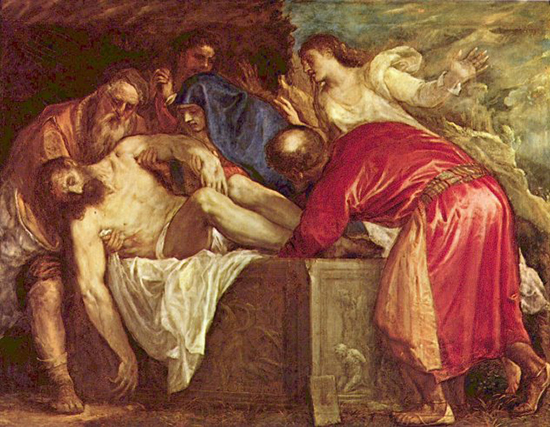The Museo Bellapart together with the embassy of the Dominican Republic organized an internacional exhibition in the exhibition space of the Fundación Medeiros y Almeida in Lisbon from 17th of February until the 20th of March, 2011. The exhibition En el Trayecto del Sol. Modernism and Avant-Garde of Dominican Painting reunites a selection of 30 works by Dominican and exiled Spanish artists, from the 1930s to the 1990s.

The exhibit shows the richness of Dominican art and its aesthetic transformations as a result of the artistic discourse that dominated the 20th century which was also enriched by many political and ideological complexities that were present.
En el Trayecto del Sol. Modernism and Avant-Garde of Dominican Painting embarks on the theme that adopted the formal and conceptual groundwork of its creators, who expressed their identity confronted with a racial and geographic condition by exaggerating the identity and basing it in the content of the Dominican image including political conflicts of the 50s and 60s to the abstract art in its expressionist and geometric version.
Several of the artists included in this exhibition are: Darío Suro, Jaime Colson, Josep Gausachs, José Vela Zanetti, Manolo Pascual, Eugenio Fernández Granell who abandoned modern and avant-garde art in Europe in the Dominican art.
Darío Suro (1917-1998) is considered the founder of modern Dominican painting. Between 1946 and 1948 he moved to Mexico where he studied with the masters of muralism Diego Rivera, Agustín Lazo and Jesús Guerrero Galván. During that time works emerged that expressed the social and racial worries of his country in the Mexican muralistic style. The expressive power of his work can be found in the most important painters of the 50s and 60s. In his role as Embassador of the Dominican Republic in Spain he realized a series of paintings in which he combines expressionism the the naïve in abstract art.
Joseph Gausachs born in Barcelona in 1889 and exiled to the Dominican Republic due to the Spanish Civil War in 1936 was a regular at the café Els Quatre Gats, where the intellectual crowd of the time met. Academically the Escuela de Baixas and La Lonja emerged. He was dedicated to cubism and the maturity of this work brought him to Santo Domingo.
Also presented are the most political works of the Avant-Garde by José Ramírez Conde, Eligio Pichardo, Silvano Lora and Paul Giudicelli who all were artists involved in the resistance against dictator Rafael Leonidas Trujillo (assassinated in 1961) and the Northamerican intervention (1965).
The paintings by José Ramírez Conde are part of international collections and galleries, many of which are located in France, Communist China, Russia or Cuba. His paintings are the perfect balance between an original, perfect aesthetic and social discussion that calls for justice and freedom. Ramírez Conde emphasizes the popular character of art in his aspects and characteristics of individuality and the aesthetic pluralism and the endless fight for a thinking that is aesthetically and historically more meaningful.
 Nancy Guzman
Nancy Guzman
In addition to visiting this magnificent exhibition that comes to Europe for the first time ever you can talk a walk and explore beautiful Lisbon and later you can relax in apartments in Lisbon

 English
English
